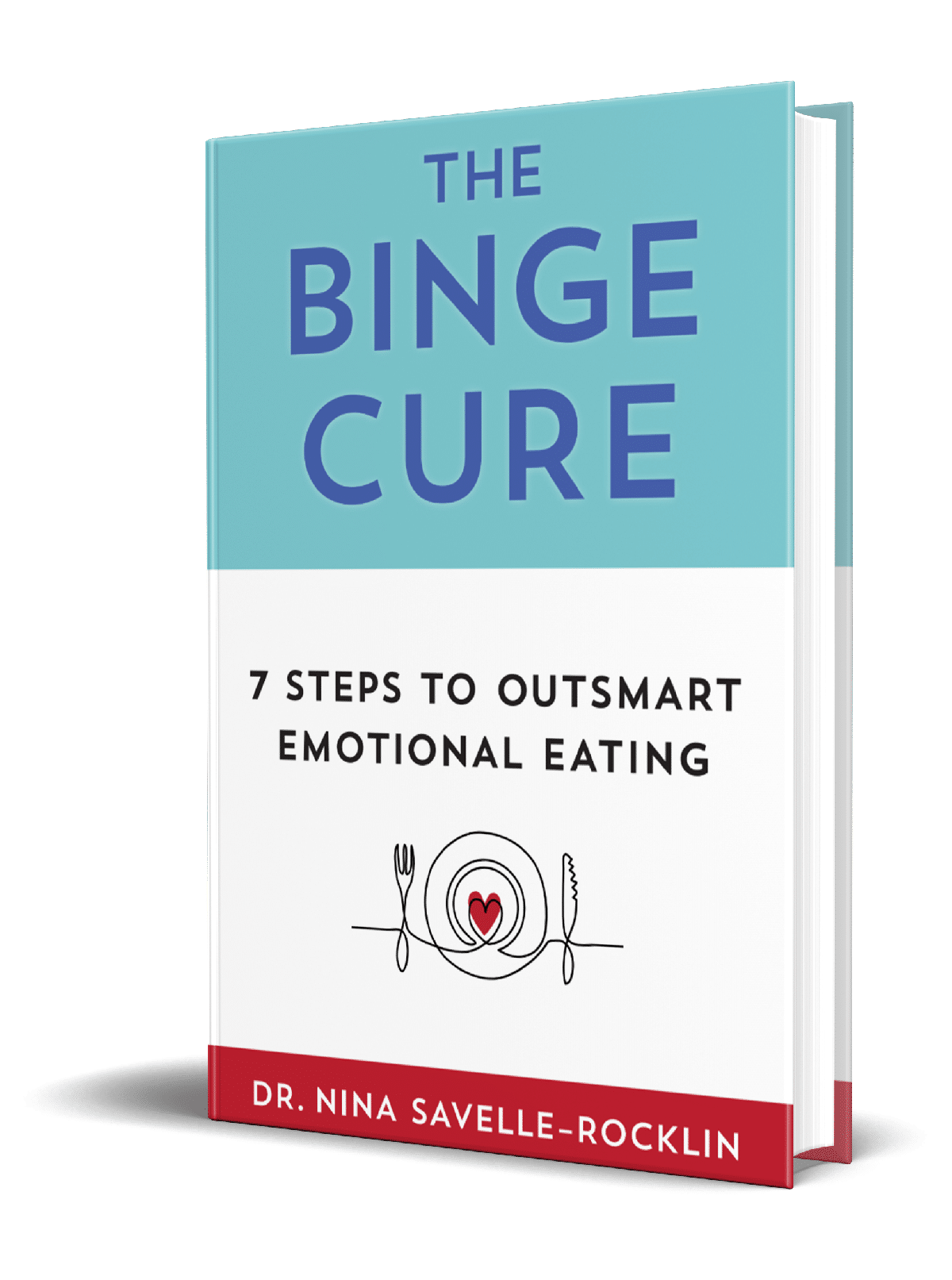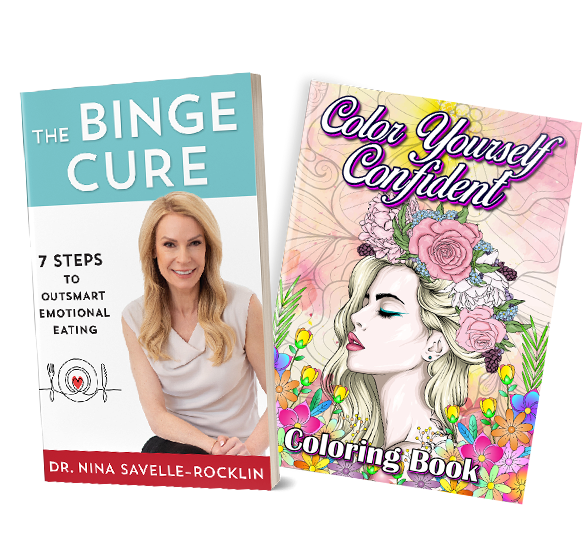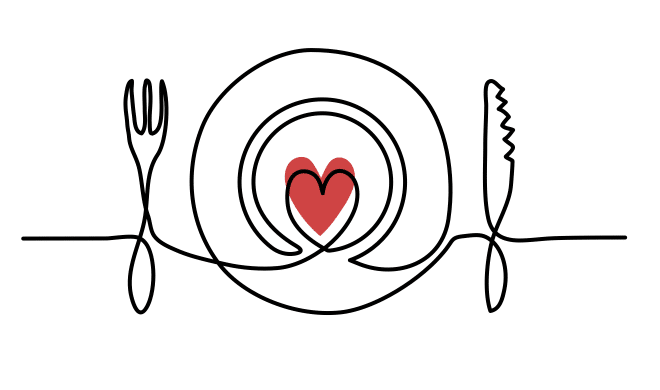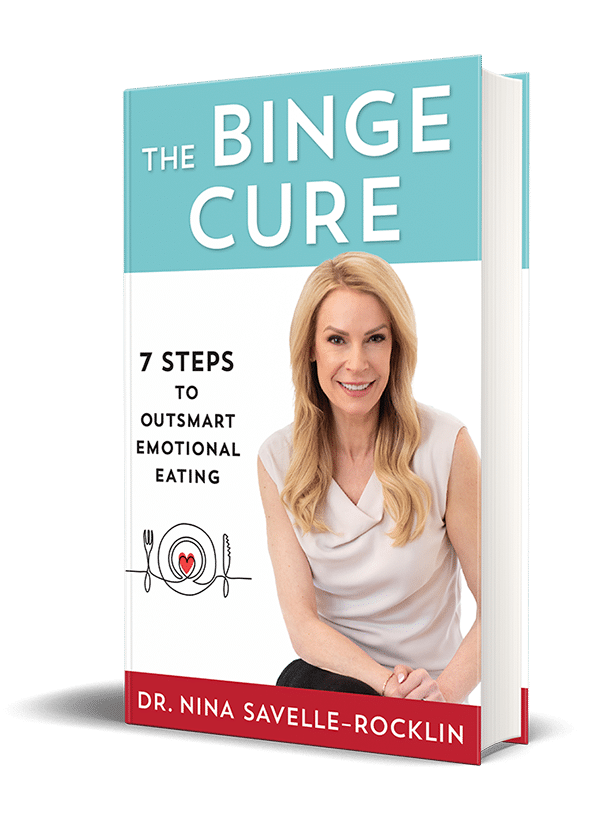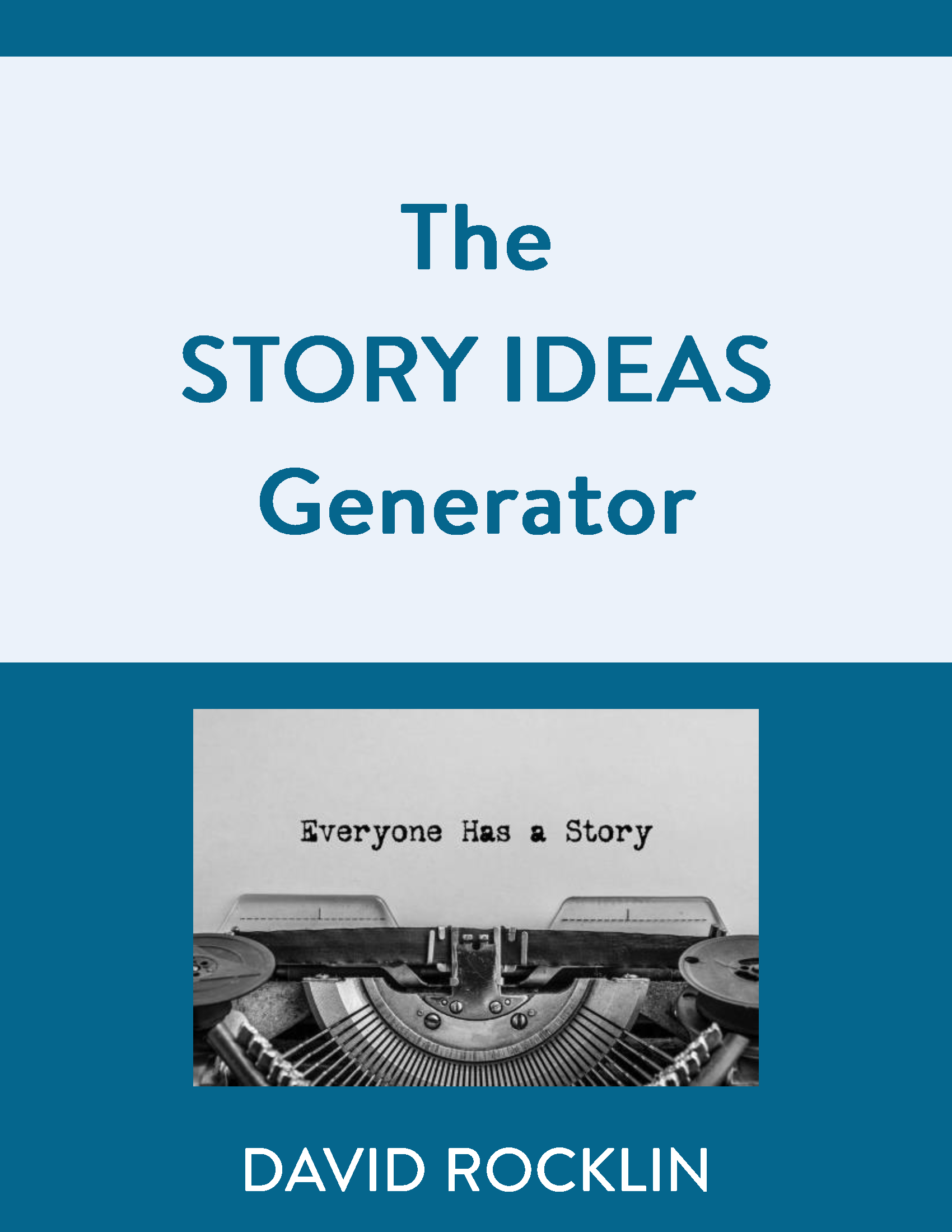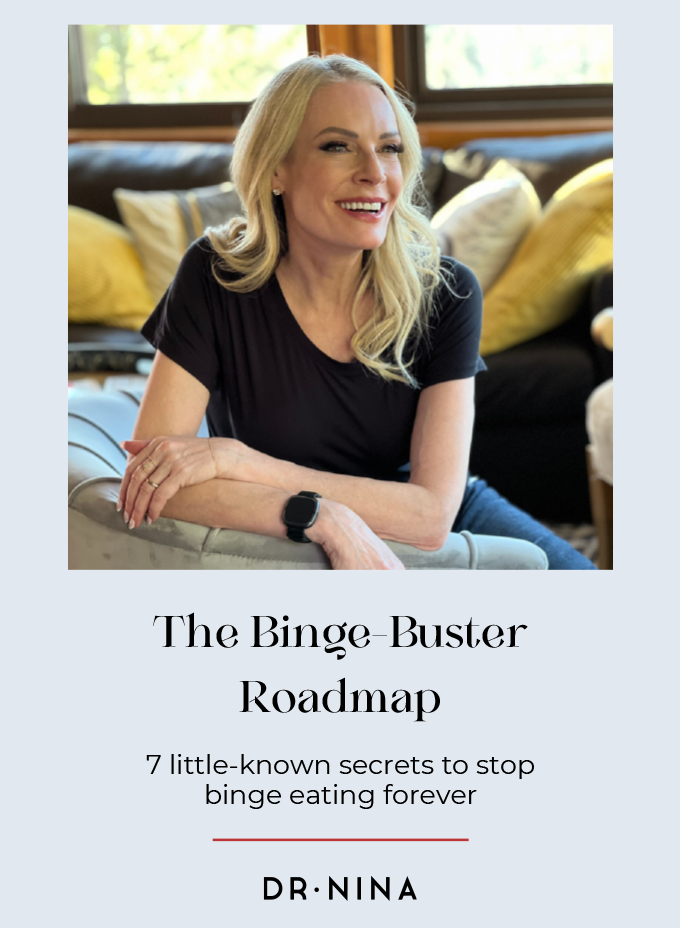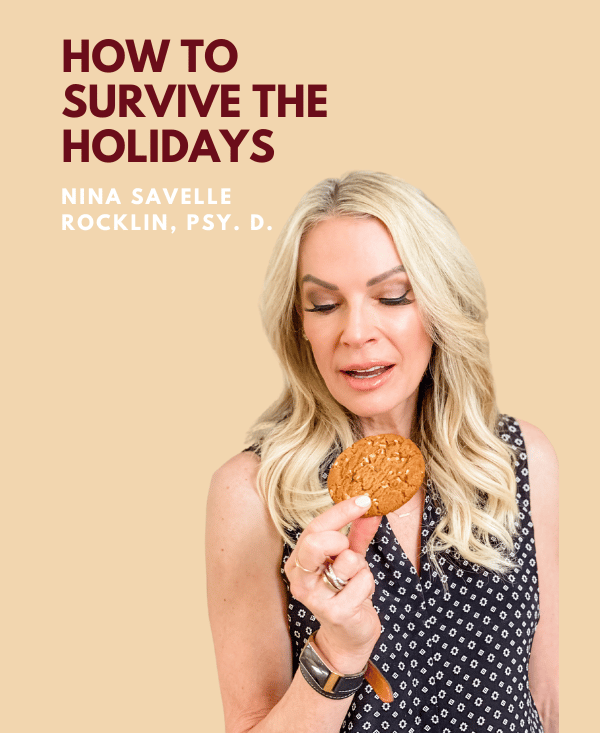Dr. Nina Savelle-Rocklin
3 Mind-calming Techniques For Self-soothing

Table of Contents
When life gets too much, we all need some comfort. It’s called being human! We develop coping mechanisms that we rely on to get us through tough times. However, those coping mechanisms can sometimes hurt us more than they help.
Did you know food is like a sedative because it can calm the mind? That’s why many of us use it as a self-soothing technique.
It makes sense to turn to food when we’re struggling because it makes us feel better temporarily.
Food isn’t an effective way to deal with difficult situations. There are various mind-calming techniques that effectively help you to relax that you can rely on instead.
These techniques do work!
Luciana was in a situation many of us find stressful. She had to give a presentation at work in front of an entire department, and even though it was over Zoom, she was very nervous.
During the presentation, one of her colleagues pointed out a mistake. Luciana was mortified. Red-faced, she rushed through the rest of the meeting, desperate for it to be over.
Immediately afterward, she headed straight for the kitchen and opened the refrigerator door, intending to soothe herself with food. Then she paused.
Luciana remembered a self-soothing technique I had taught her. She closed the fridge door and gave it a try.
And guess what! She felt better. Luciana replaced eating with a different mind-calming technique.
Despite the challenges that life threw at Luciana, she was able to gain back control of her eating. You can do the same.
Next time you come home from work stressed, have a disagreement with a loved one, or need to escape painful or upsetting thoughts, you don’t need to eat to calm down.
Like Luciana, you can give these stress relief techniques a try.
What are the 3 mind-calming techniques?
Progressive Muscle Relaxation
This one focuses on the body. Start by tensing up your muscles as much as you can. Do this with the muscles all over your body: your stomach, arms, thighs, abs, biceps, fists.
Hold your muscles as tightly as possible for as long as possible (at least 15 seconds).
Then release your muscles. Can you feel the calming sensation flowing through your muscles? Going from really tense to completely relaxed creates this soothing sensation.
Breathe deeply to feel even more relaxed. A relaxed body leads to a relaxed mind.
The Four Senses
In this mind-calming technique, you’re going to focus on your surroundings. The aim here is to stop the escalation of stress.
I recommend using the TEEN method. This stands for Touch, Eyes, Ears, and Nose. You might have noticed I haven’t mentioned taste, which we avoid because it has to do with food.
The next time you’re stressed out, take a moment to pause. Look around you and say one thing that you can touch.
Then one thing that you can see. One thing that you can hear and, of course, one thing that you can smell. Repeat this until you feel calmer.
If you’re at a home office, it might sound like this:
“I can touch my desk. I can see my computer. I can hear traffic. I can smell my candle.”
It’s simple but very effective! Stick with it until you feel better. What you’re doing is distracting your mind from your stress by focusing on what’s happening around you.
Doing the TEEN exercise might feel a bit silly but give it a try. It really does work!
Visualization

You’ll be surprised at just how powerful visualization is. There are two main ways you can use visualization as a mind-calming technique.
You can create an inner happy place to go when you need to feel safe. You can also practice doing something you are worried about to work through the fear and do it really well in real life.
The four senses are key here too. That’s how you create the best imaginary situation. Suppose you are creating a really calming scene for you to escape into. In that case, you want to feel the sand beneath your feet, see the endless sky, hear the crash of the waves against the shore and smell the pineapple in your drink. Create an immersive experience that overpowers the difficult situation you are in.
The point of visualizing a situation you are worried about is to be able to experience it going well. This test run helps you to feel more confident actually doing it in real life. It feels like you’ve done it before, so you’re less stressed about it.
Let’s say you are worried about a job interview. Imagine all the sensory experiences of that interview, from walking into the office to shaking the interviewer's hand.
Feel the firm handshake. Hear the background noise of the office like the AC. See the books and family photos on the desks. Smell the air freshener. Imagine yourself doing well, and you’ll give yourself the best chance of doing amazing at the actual interview.
Through visualization, dealing with anxiety will decrease the urge to turn to food for comfort. You can calm your mind and get yourself in the right mindset to move forward.
Making the most of mind-calming strategies

Practice these techniques on a regular basis and you’ll find they become second nature. Instead of automatically turning to food, you’ll automatically use these methods of calming your mind.
These three techniques reflect three key ways to calm the mind. First, relax your body to relax your mind. Second, refocus your mind to stop it from being fixated on stress. Third, use the power of the mind and visualization to change how you feel.
What all these techniques have in common is that they center you in the here and now. Being able to live in the present is such an important step in your journey of healing your relationship with food.
These calming exercises allow you to respond to yourself gently and soothingly so you don’t feel the need to use food for comfort or distraction. It’s time to liberate yourself and live the life of your dreams!
If you want to learn more ways of regulating your emotions, check out these emotional intelligence courses to master your mindset.
Sick of obsessing about every bite?
GET THE CURE
The Binge Cure Book!
Enter “CURE” to receive a 20% discount.
No, I don’t want access to this terrific resource to help me overcome binge eating.
The Author

Dr. Nina Savelle-Rocklin is a renowned author and podcast host and one of the nation’s leading psychoanalysts known for the psychology of eating. Her signature message of, “It’s not what you’re eating, it’s what’s eating ‘at’ you” has resonated with hundreds of thousands of listeners from around the globe in 40 countries. As founder of The Binge Cure Method, she guides emotional eaters to create lasting food freedom so they can take back control of their lives and feel good in their bodies.
Related Blogs

